People living in and near East Palestine, Ohio have been suffering with more than two weeks of uncertainty after a train derailed there, releasing toxic chemicals including vinyl chloride. The disaster has ignited a national interest in disaster management and response, including in railroad safety in transporting hazardous materials.
Train derailments are surprisingly common — more than 1,000 trains derailed just last year — and some of them have resulted in serious ecological and public health disasters. Here’s a look back at some of the most serious environmental accidents due to train derailments in recent U.S. history.
2012: Paulsboro, NJ
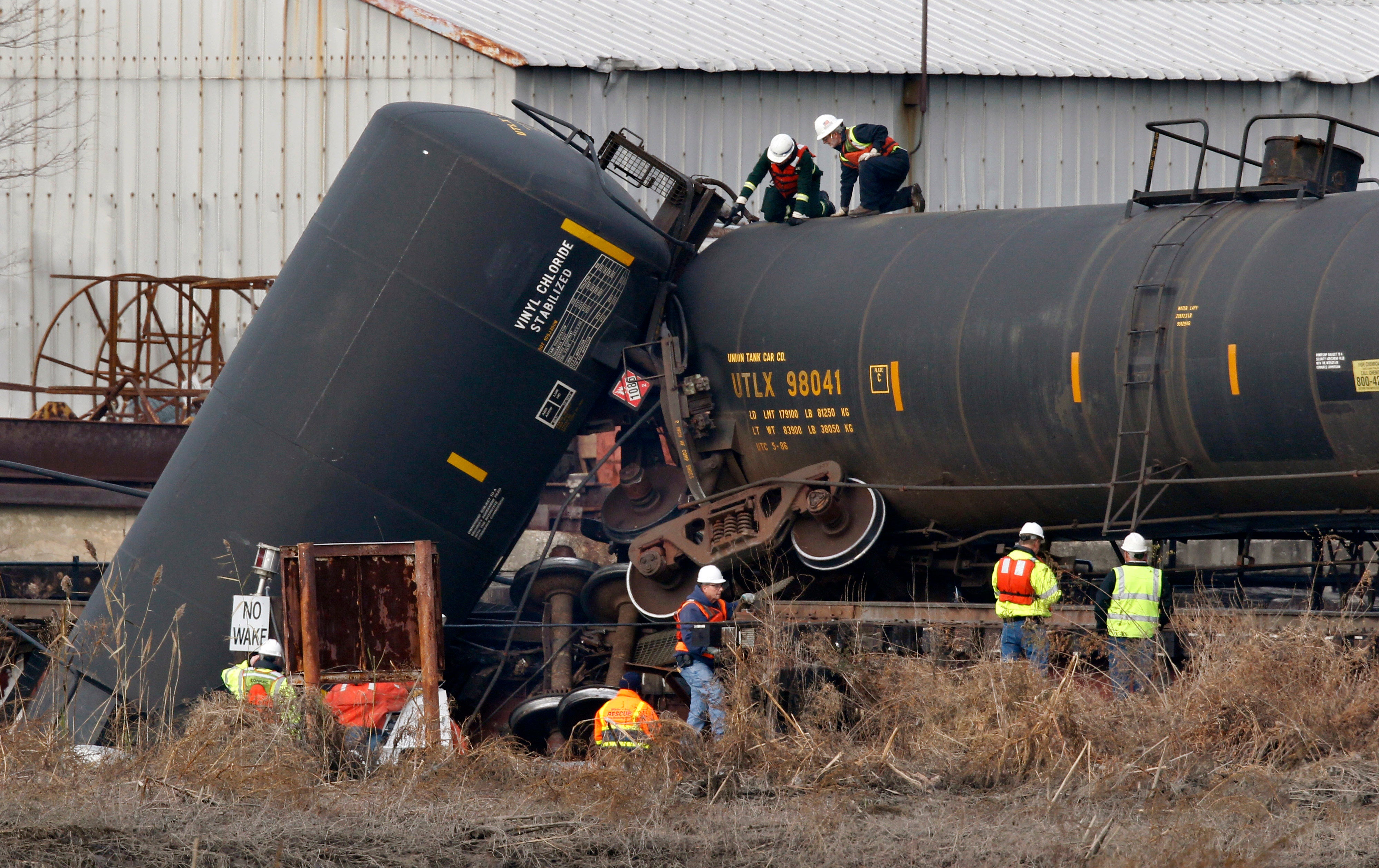
The accident most similar to what’s happening now in Ohio occurred in November 2012, when a train owned by Conrail derailed over a bridge, causing four rail cars to fall into the Mantua Creek in Paulsboro, New Jersey. One of the cars contained some 87,064 l of vinyl chloride — the same chemical released in East Palestine — and a tank was breached, causing the chemical to spill into the air and surrounding waterways. Hundreds of residents were evacuated, and dozens sought medical treatment after the exposure.
In 2014, the New Jersey Department of Health issued a report surveying the impacts of the spill on nearly 2,000 residents’ health, finding that one in 10 people in the survey sought treatment for symptoms including headaches, nose and throat irritation, coughing, respiratory issues, dizziness, and nausea.
“It is not known whether there could be long-term, non-cancer harmful health effects from the exposure to vinyl chloride that occurred in Paulsboro,” the report stated. “However, medical management guidelines from [the Agency for Toxic Substances and Disease Registry] indicate that such effects are unlikely in persons who recovered from their symptoms.”
2005: Graniteville, SC
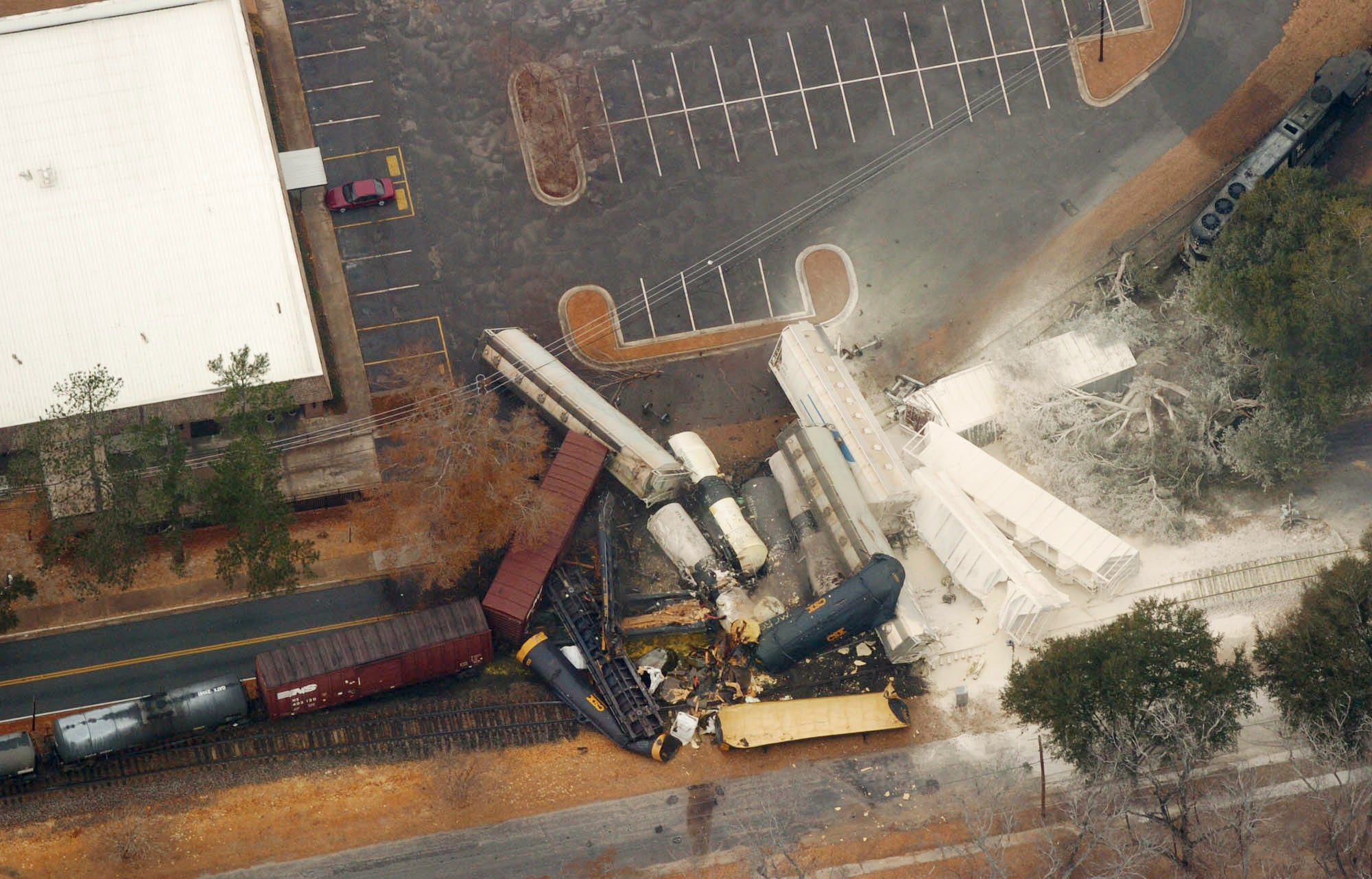
The accident in East Palestine isn’t the first time that Norfolk Southern has had a crisis on its hands. In January 2005, a Norfolk Southern owned and operated train accidentally diverted onto a track that made it collide with a parked train in Graniteville, South Carolina, derailing 16 of the train’s freight cars. Three of these cars were carrying chlorine and one tank was breached, releasing 90 tons of liquid chlorine. Nine people, including the train engineer and workers at a nearby mill, died of chlorine exposure; 5,400 people were evacuated in a 2 km radius for several days and more than 550 people were taken to the hospital for respiratory issues.
In a forum held 15 years after the accident, advocates and public health experts outlined some of the effects of the disaster on the surrounding community, including decreased lung function and increased blood pressure in those exposed.
2015: Maryville, TN
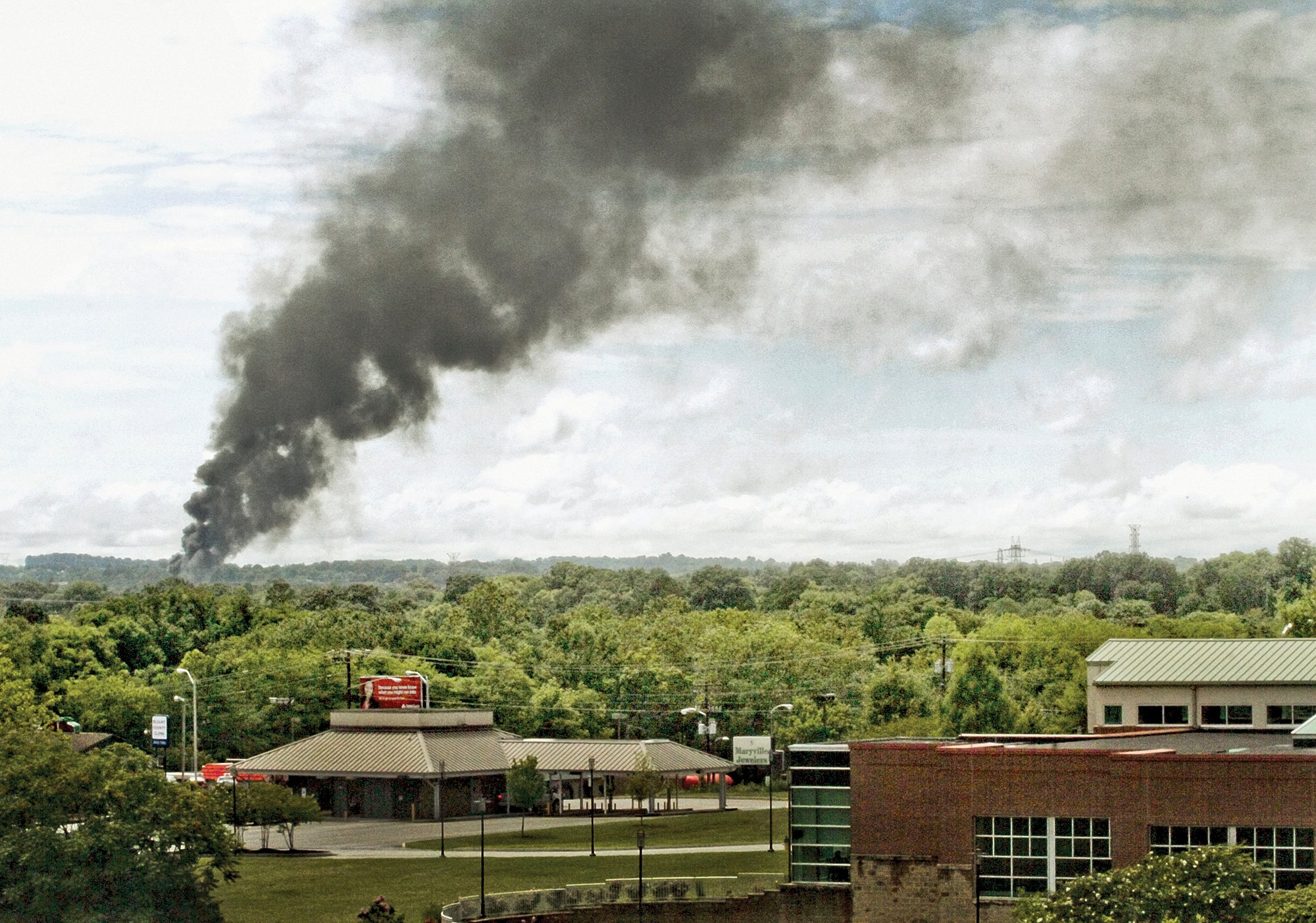
In July 2015, a 57-car train owned and operated by CSX Transportation derailed outside of Maryville, Tennessee; the axel failed under a car carrying 90,850 l of acrylonitrile, a chemical used to make plastic that can damage the nervous system and liver. Authorities ordered 5,000 people to evacuate after the crash caused a fire, and at least 87 people had to be treated for a range of medical conditions including respiratory issues and nausea; 36 went to the hospital. A Federal Railroad Administration report issued two years later failed to find a cause for the accident.
1991: Dunsmuir, CA
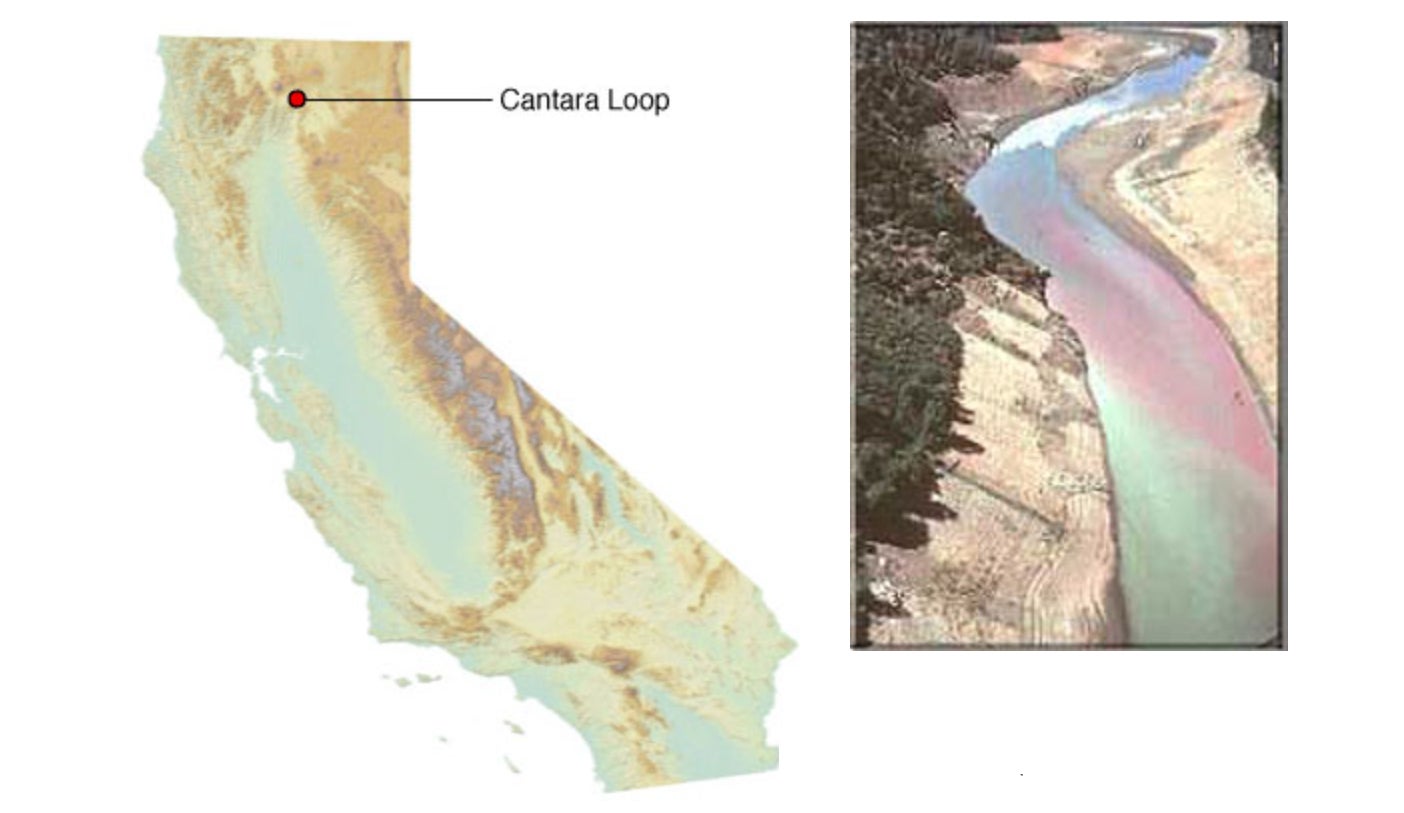
In 1991, a train owned by Southern Pacific derailed outside of Dunsmuir, a city in northern California, and spilled 71,923 l of metam sodium, which is used as a herbicide, into the Upper Sacramento River. Scientists were not allowed near the water for three days; when they were able to get to the site, they found all the fish, reptiles, and other living organisms within a nearly 64 km radius had died.
Still, experts say that the river was able to bounce back.
“It started to recover within a week,” Mark Stopher, who monitored the site for the Department of Fish and Game, told a local news station in 2011. “Probably within three to four years the fish populations were essentially recovered.”
2002: Minot, ND
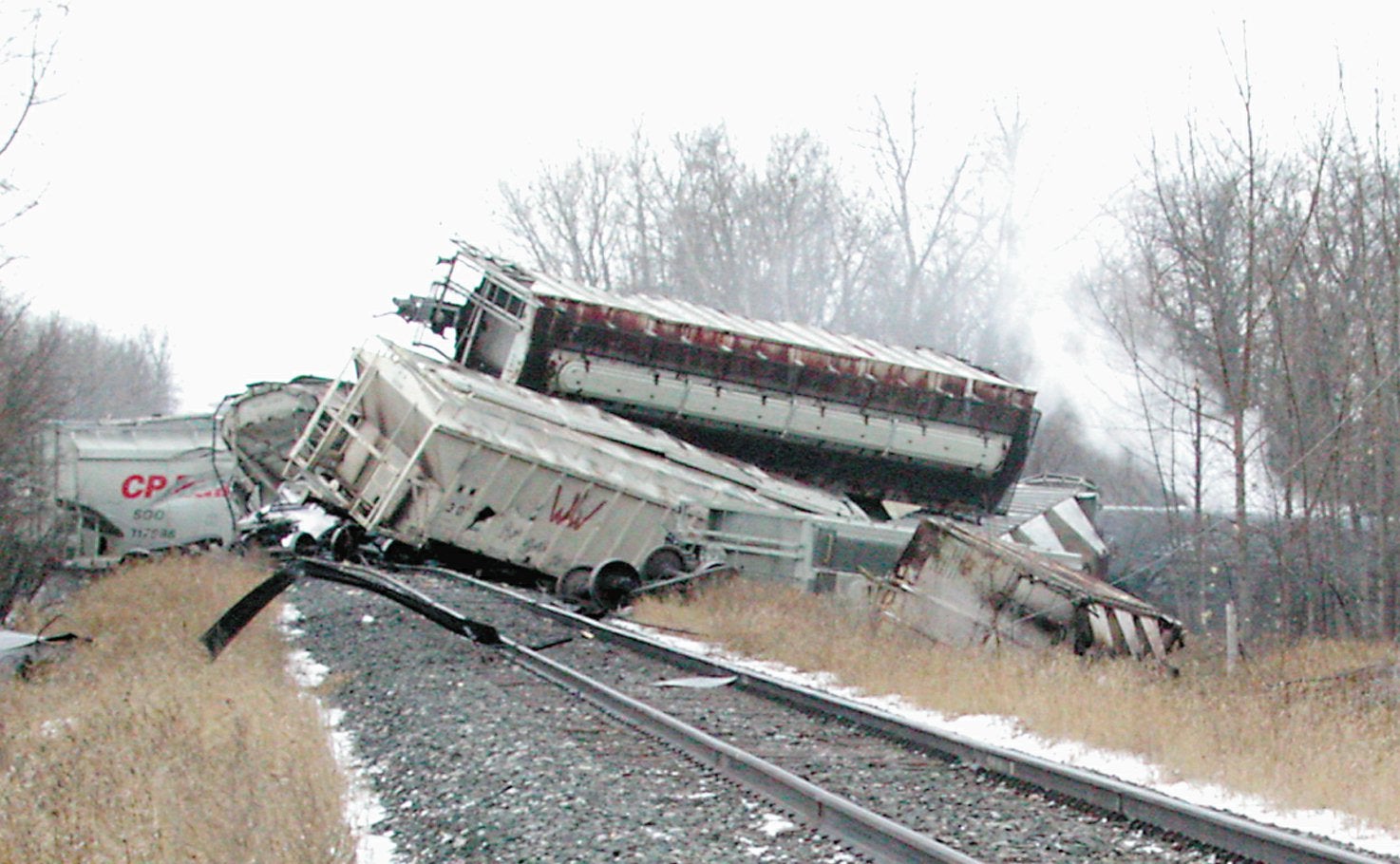
In 2002, a 112-car Canadian Pacific Railway train derailed near Minot, North Dakota; five cars carrying anhydrous ammonia, a gas used as a fertiliser, were ruptured. One person died from exposure to the gas, while 11 were seriously injured and 322 suffered smaller injuries from exposure, and houses near the crash site were evacuated.
Residents remembering the disaster 20 years later said that while the impacts of the actual spill only lasted for a few days, the fallout has lingered.
“What I remember the most is trying to get through the night,” Minot resident Mike Elm told a local news station in 2022. “We were put on a path of [being] handed something and having to figure out how to deal with it in our own house, so we were trapped, couldn’t get out, and no one could get to us.”
1992: Superior, Wisconsin
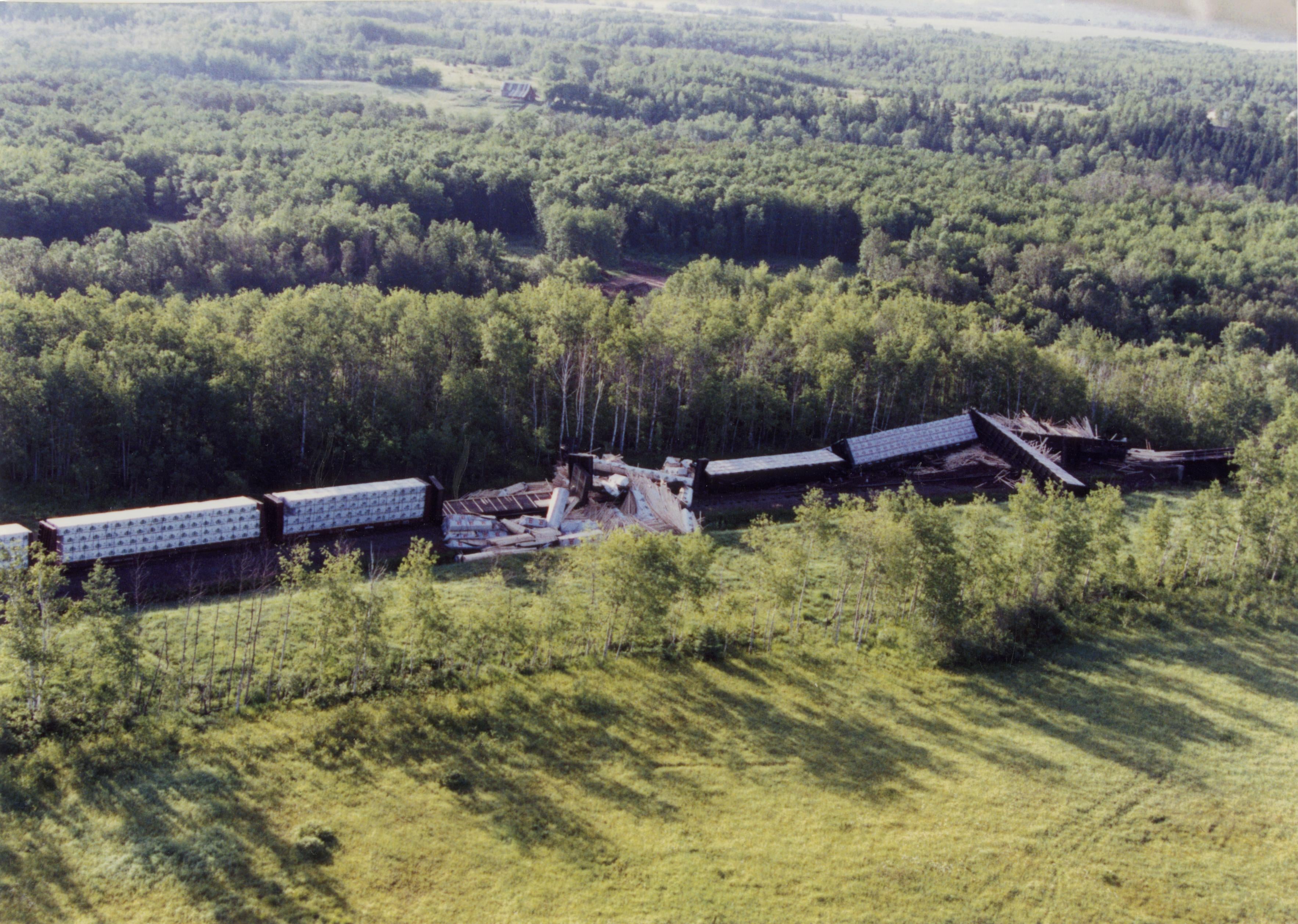
In June 1992, some 80,000 people living at the border of Minnesota and Wisconsin were forced to evacuate their homes after a train jumped the tracks north of Minneapolis and plunged into the Nemadji River. The accident created a toxic cloud of chemicals, including cancer-causing benzene, that stretched 32 km long and 8 km wide and sent 17 people to the hospital. Questions remain about the long-term health impacts of the cloud on the residents.
“We had no idea what was in that cloud,” the police chief of nearby Duluth, Minnesota, Scott Lyons, said in a 2022 interview with Forum News Service. ”And so that was our biggest concern: You know, what is it? Is it a killer cloud? Is it nothing?”
2020: Custer, WA
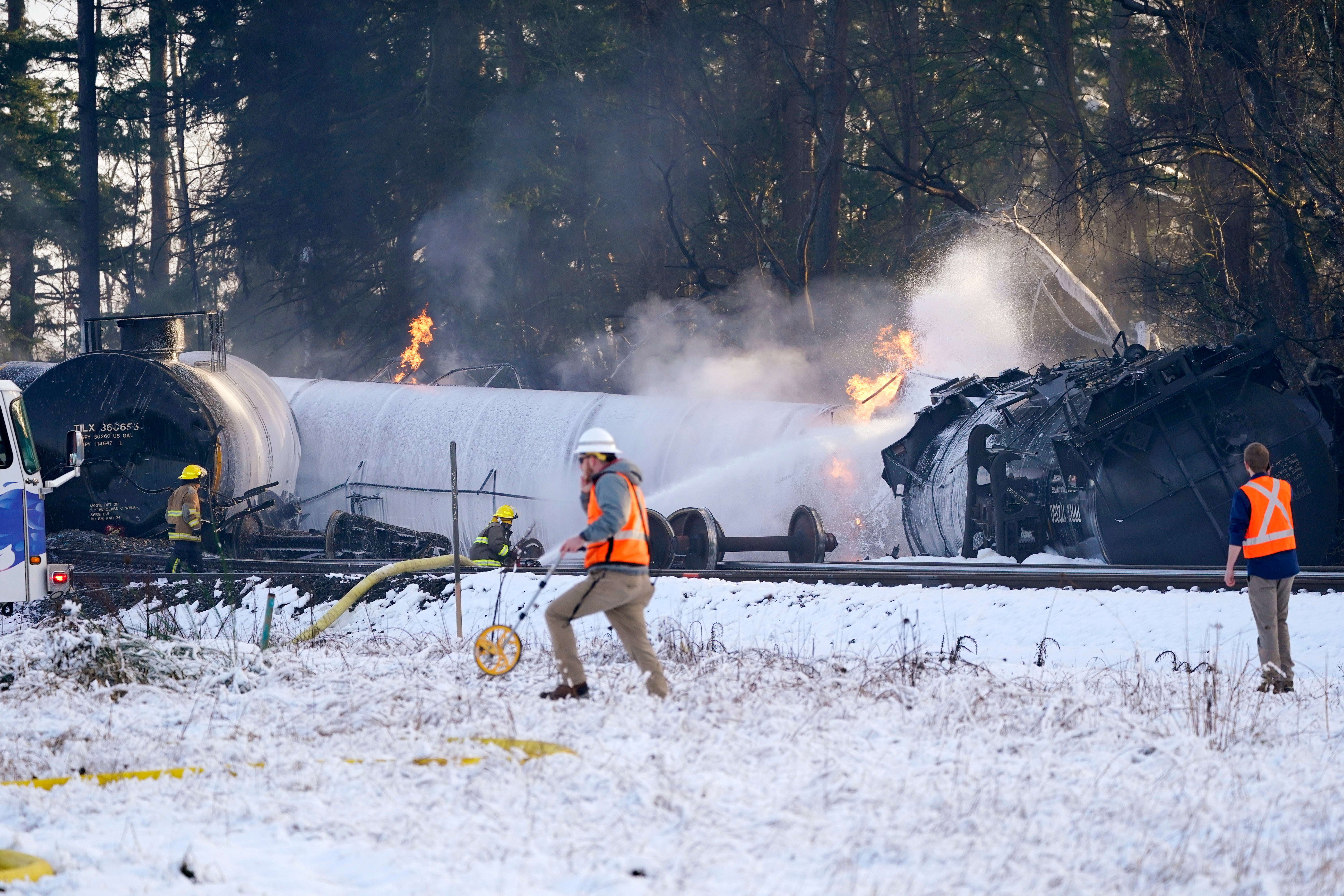
While all the accidents in this story involved chemicals, the elephant in the room is the some 225,308 km of freight railroads used to transport millions of gallons of oil across the country. Minor oil spills into waterways and the environment are relatively common; the government doesn’t even keep statistics on spills that don’t reach up to hundreds of thousands of gallons. And there have been several large spills of oil from train derailments over the past decade. One of the most recent happened in December 2020, when a derailment north of Seattle, Washington spilled 113,562 l of oil and caused a massive fire.
